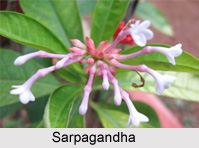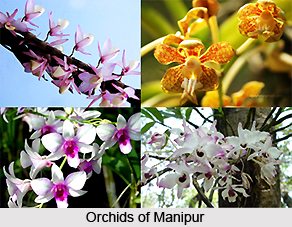 Wildlife in Kutch is considered as one of the largest seasonal saline wetland areas. It is spread over an area of about 7505.22 sq. kilometres in the Kutch District of Gujarat. It protects a variety of species of flamingo birds. It also displays other species such as the greater flamingo, Indian porcupine, spiny tailed lizard, black-necked storks, wild ass and Indian cormorant.
Wildlife in Kutch is considered as one of the largest seasonal saline wetland areas. It is spread over an area of about 7505.22 sq. kilometres in the Kutch District of Gujarat. It protects a variety of species of flamingo birds. It also displays other species such as the greater flamingo, Indian porcupine, spiny tailed lizard, black-necked storks, wild ass and Indian cormorant.
Things to do in Wild Life in Kutch
Kutch Desert Wildlife Sanctuary is inhabited by a wide variety of wild animals like hyenas, foxes, wolves, and chinkaras. Most of the mammals like the Nilgai, Wild Ass and the Black Buck which are seen in the Wild ass Sanctuary are also found here. This sanctuary is also famous for its flat snow white surface with extensive deposits of salt crystals and it provides a very unique and beautiful view.
 Wild Ass: People of Kutch take pride in being the only custodians in the world of the rare Indian wild ass. These strong and well-built creatures live in the salt rich Little Rann of Kutch, a shrubby wasteland in the state of Gujarat. It is said that the wild ass of Kutch are the only originals of the species, left in the world. Indian wild asses are 44" to 48" tall at shoulder while local donkeys are only 37" tall. The wild Ass can run with a speed of 32/34 miles per hour.
Wild Ass: People of Kutch take pride in being the only custodians in the world of the rare Indian wild ass. These strong and well-built creatures live in the salt rich Little Rann of Kutch, a shrubby wasteland in the state of Gujarat. It is said that the wild ass of Kutch are the only originals of the species, left in the world. Indian wild asses are 44" to 48" tall at shoulder while local donkeys are only 37" tall. The wild Ass can run with a speed of 32/34 miles per hour.
In Kutch they are now restricted to the Little Rann close to the Great Rann. It covers 1000 Sq. miles. It is a salt-impregnated plain waste, so no vegetation of any kind can grow in this area. During the monsoon, small islands are formed, scattered here and there which become hillocks in the dry seasons and are known as `bets.` On these small bets, there is a lot of grassy vegetation. Wild asses graze on these bets and on the shores of the mainland bordering the Rann.
Flamingo Birds: More than 200 bird species live in here. Three of these species are threatened namely the lesser florican, Houbara bustard, and Dalmatian pelican. During the wet season, the marshes become pink with flamingos. This area is the home of the largest flamingo breeding colony in the world. Millions of these tall, pink birds fly here each year to nest and raise their young.
During the rainy season, a rich array of wildlife, especially the pink flamingos which flock to acres of salt marsh flowering plants can be seen. Flamingos build clay nests that rise above the water. There, both parents tend the eggs. Flamingos feed while standing in shallow water. They lower their necks and tilt their heads so that their bills hang upside-down and face backward in the water. In this way they filter plankton, red and blue-green algae, insects, fish, mollusks, and small crustaceans from the water. Three-fourths of this eco-region is protected. Cattle grazing, cutting trees for fuel and commercial mining of salt all pose threats to the eco-region even those areas that are protected. Also the Great Indian Bustard, Stolzca`s Bushcat, painted sandgrouse, larks, tits, raptors, steppe eagle, tawny eagles and various water-fowls can be seen here. Fossils of dinosaurs, crocodiles and whales (dating from the Tertiary period) have been recorded to have been recovered from here.











